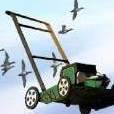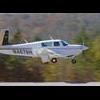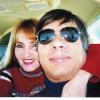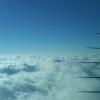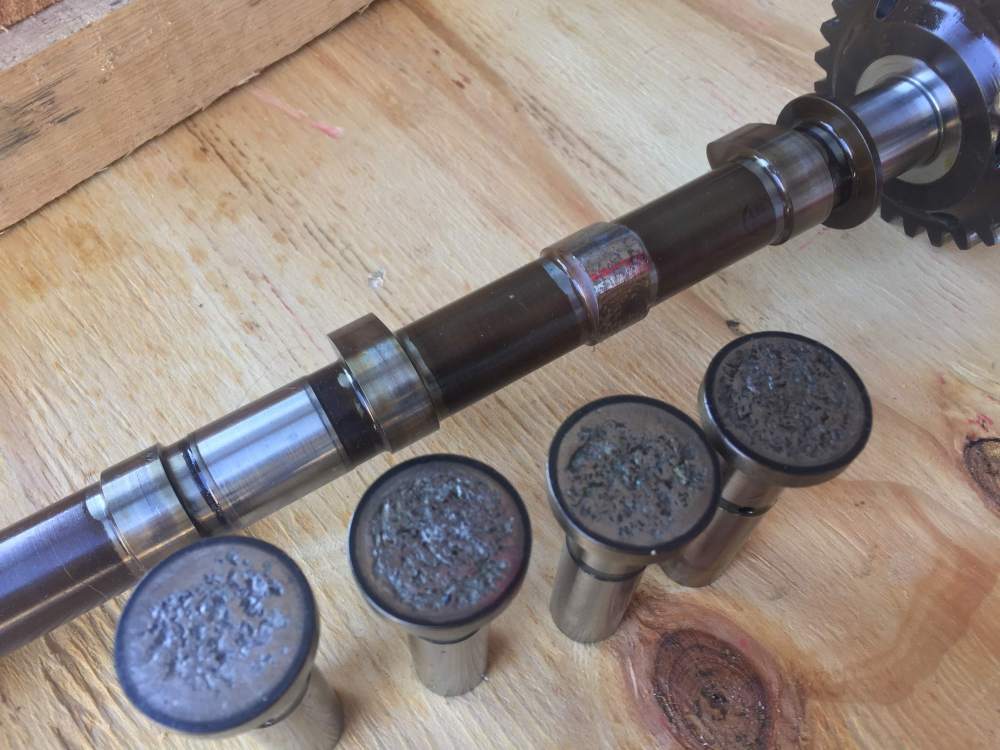Leaderboard
Popular Content
Showing content with the highest reputation on 06/16/2018 in all areas
-
5 points
-
Here are the results. Got off the flight from Hong Kong in Toronto and instead of taking the scheduled (booked and paid for) flight to Ottawa, caught a shuttle and spent the night in Brantford. Picked up my Mooney on Friday the 15th. Took it to Clarence's to fix an oil leak and purchase a used pair of K model yolks and then flew it home. Yolks and seat cams will be installed during the annual after Oshkosh. The checkride with the instructor in Brantford went well. I was prepared and he could see that. Basics on the use of the G5 with the 480 are OK. What needs tweaking is the sequence of buttonology which involves three instruments: G5, STEC 50 and 480. I filed IFR for the run home (in severely clear weather) for my own exercise. You can see that my track is not quite as straight as kpaul's. The guys in the shop were telling me that the STEC 50 course adjustments (at least on my STEC) are too course for the inputs provided by the 480 and G5. A resistor is needed in the line somewhere. They are looking. The shop did a one-time download onto the database card and I was good to go - fully compliant with both Tpt Canada and FAA IFR requirements. I am now /G!!! In the aircraft outside of Clarence's shop, I got the Wx briefing (Foreflight and Skew T charts), prepared a flight plan using RNAV routes, called my girl, filed my flight plan and then started up. Did the runup and asked tower for a clearance and got "approved as filed." Then things got interesting. One the way to the hold short point tower came back and told me that "Centre was not pleased" with the routing. OK. Instead of going north around the ins and outs of heavy iron into YYZ, they wanted me to go South. OK. Change 1. Change the Foreflight. Change the 480. Airborne off of 32, I contact Centre and they give me another change. Change 2. They are "not pleased" with the routing through Toronto terminal airspace and they have a new and improved routing. Guess where? You got it - North (almost as originally filed). OK. Change the Foreflight. Change the 480. (Are the quick readers here picking up a pattern?) In the middle of all that I forgot the take the GPSS off (or was it on) in the G5 we weren't headed where we should be. Plan B. Kick the 480 out of GPS instructions to the G5 and put it in VOR mode - take the GPSS off and set the heading bug so the STEC can at least follow something that is correct. Put it all back together when the flight plan in correct in the 480 and then turn it onto GPS instructions to the G5 with GPSS now engaged again. OK. Good. That is the perfectly aligned segment just north of Toronto. Lesson? Forget the Foreflight until after the 480 is back to sequencing waypoints, then play with Foreflight. Then, following T614 (the third of the routes they picked out for me to follow). Centre takes out two of the waypoints (that have turns in them that the GPS is correctly sequencing) and clears me direct to a third. 15 seconds later they ask why I have not turned on the new course????!!!!! Sheesh!!!! I swear someone told them that this was the maiden flight of my new setup. Remainder of the flight was relatively uneventful. Messing with the Ram Air (about 70 miles from Ottawa) turned my STEC off inadvertently and that raised the pucker factor some - until I corrected that. But I am getting better at EMRE for the 480 and I have learned that if it gets complicated, kick it out of GPS to VOR mode and take the GPSS off of the G5 so that the STEC can follow the heading bug until the new plan is in place and ready to Execute. In the meantime I absolutely love doing RNAV approaches with vertical guidance provided by the GPS. The STEC now almost never leaves HDG mode and the NAV functions are just between the 480 and the G5. Life is very good. But I will be checking with the shop about enhancing the fineness of the STEC outputs so that my track looks as straight as kpaul's. More pics. I have to find a way to power my ADS-B in, my iPad in a way that keeps the cables behind the instrument panel - and the coax for my handheld. Left side shows rock solid performance. Right side (notice the Sensorcon) shows the sequencing for T614. The 480 is waaaayyyy better than the 430 to fly. Next week, Danville, VA and the Mooney Caravan practice.4 points
-
3 points
-
Wednesday night I met up with @ThorFlight and @lotsofgadgets in Redwing, MN for some formation practice. ThorFlight and I attended the Flying Monkeys Clinic in Newton last month and it was time to clean some light rust off and hone our skills a bit. Lotsofgadgets and his son (both are pilots) flew in to ride along and observe (and possibly get hooked into this formation thing). I see the start of a MN wing Lotsofgadgets snapped some great photos of ThorFlight with my camera. Cheers, Dan3 points
-
Hi, i was in a similar situation two year ago. I went with the factory remanufactured engine that has two seperate magnetos and is the only option (apart from new engine) that comes with a Zero time engine and brand new log book. Those engines are finished on the same assembly line as the factory new engines. You also getting all new hardware See pics below. An overhauled engine is not a zero time engine. In regards to the cost for the exchange and prop governor modifications you need to make to accommodate the new angle, the total cost was $45k installed. That included around $35k for the reman engine (ordered through AirPower straight from the Lycoming factory in PA) plus $800 exchange shipping, plus various additional parts, hoses etc. needed for install, plus getting the prop governor changed through Santa Monica propellers, plus install labor. Feels free to PM me if you wanna discuss more. Hope this helps. Tim2 points
-
We took a short flight down to VCB today for lunch and to pick up a few things. Man the wind was really working it today as we were getting 30 knots but luck was on our side as they were running right down 20. Sprayed a little Triflow on the J bar as we were having a bit of trouble getting the gear safe light on a previous flight. Man now that thing just jumps into the lock block and gives a nice green safe light without even trying to force it up. As windy as things were was pleasantly surprised that the air turned out to be pretty smooth. My wife noticed a familiar Mooney on the ramp at our home field.2 points
-
to me it doesn't matter if its a dog flight, angel flight, mile high club flight, fun flight or commercial flight. It is very sad to hear any time one of us goes down.2 points
-
Bob was a friend and a fellow Angel Flight pilot. We had flown together and he was a very capable pilot. He loved his Baron. We spoke on the phone Tuesday evening and he mentioned the flight and the wx he was monitoring. Wednesday morning VAY was LIFR ceilings around 400. I didn’t think he’d go but he went. If he had trouble and needed to get back in there was no way because there are no precision approaches. I heard today at the airport that both engines were running moments before the crash. Speculation is spatial disorientation and loss of control. Tailwinds and clear skies Bob. This is the second friend based on my field who I have lost to a Baron crash. The first was Ron Lecates who crashed his Baron several years ago at MIV.2 points
-
Good news! We got a ferry permit and flew the plane close to home! I confirmed the not-labeled indicators and instruments were: low/high vaccum, radio knobs, and the EGT selector in the above posts just as we thought. The engine sounds great, and the ferry pilot who happens to be a jet check-pilot with a lot of mooney time, said everything seemed fine! Here it is for the last time at the Barstow Desert, and its new temporary parking spot closer to home: IMG_7632_TRIM.MOV2 points
-
Starting to get things wrapped up. Trained 4 days this week (usually 1.5 hrs avg). Did hood-work and approaches. It's been extremely hot here the past few weeks during this training and all the flying is actual flying and no simulator time. The learning process has been good, but probably not optimal conditions because of the heat, but all in all a great experience. Lots of empty water bottles in the back seat at the end of each session. The school advertises 15 hrs +/- and that's about what it works out to be. I'm sure they plan it that way. I have 1 or 2 sessions scheduled next week then the check-ride mid-week. Like many have mentioned I'm sure this rating could be learned in a much shorter time, but honestly..my insurance required me to have 20 hrs dual and 5 of it under the hood, so the 15 hrs +/- that it might end up being is no big deal. My insurance did offer the option that part of the 20 hr requirement could be with someone who is multi rated (lots of hours..don't recall exactly how many without pulling policy) and has 250 hrs Comanche time. It will be easier to just get the full insurance requirement while at the school w/ the same CFI and be done with it. Might require an extra day to get the extra hour or so. Hopefully this time next week I'll be done and the Comanche will be home parked next to the Mooney. We start IFR in the Mooney in August. Same school and same CFI. -Tom1 point
-
I removed the coating on mine with one of those armorall wipes and then installed a screen protector. It made the screen look a whole lot nicer.The armorall wipes will remove all the coating without damaging the screen.1 point
-
100% agree with Brian and his approach. Being a mostly east coast guy I forgot Reno to SF is only a couple hundred nm,s. If my mission was around the 300nm range i would also stick with a F or J. I also looked at F-33A. But when my mission changed to mostly 550-620nm during mid-course of my airplane search I focused on the 252/231.1 point
-
Bob, As long as you are filing IFR I would just file through the MOAs. If they are active ATC will route you around anyway. If they are cold you will get the "direct". VFR flying is when I will avoid MOAs unless the controller tells me they are cold. If it's on the weekend then the MOA's are generally cold, unless it's a Guard weekend. Going into ECP if IFR they will likely vector you through the MOAs under the active altitudes. The mil aircraft will have a block altitude coordinated with ATC. The Atlanta Bravo is a pain, but I still file direct through it in my Mooney. I don't try to guess which direction they are landing and what point ATC wants me to fly to. I have been given different points every time. I was in the ATL area last weekend, I flew in and out of KFFC, on departure they actually vectored me north west at 4000 MSL toward the arrival corridor. There was some weather, but I fully expected to go south west around it no NW.1 point
-
Kill 2 birds with one expensive stone. Consider upgrade to the Avidyne 540.1 point
-
My doghouse is more RTV than sheet metal at this point. Im hoping it will hold out until Sabremech’s mod is complete...1 point
-
Anthony, there is undoubtedly some fiberglass reinforcement, and maybe a few pieces of carbon fiber along the spar. I've flown RC in the past but never anything approaching this level of performance. You'd be surprised, though, at the level of strength the planes have considering how lightly they are constructed, and that they are built by amateurs in bedrooms and on dining tables . . . .1 point
-
Everyone keeps throwing out the Turbo models, but seem to have missed this statement in his original post. This may or may not be important since we don't have an operating or purchase budget mentioned that he'd be comfortable with. So with that in mind, here's what Air Power, Inc is showing for overhaul costs on the engines. Other boutique engine builders may be a little cheaper or more expensive, but I use this as a bench mark when comparing. This is only for the engine itself and not the work to remove, R&R, and replace in the aircraft. That will vary by location around the country because of varying labor costs. 231 TSIO360LB: New $59,200 Rebuilt $49,700 252 TSIO360MB: New $71,765 Rebuilt $58,776 Encore TSIO360SB: New $76,675 Rebuilt $62,925 M20E IO360: New $56,182 Rebuilt $33,449 Overhauled $28,949 M20J IO360: New $57,812 Rebuilt $34,763 Overhauled $30,263 Ovation IO550G: New $50,918 Rebuilt $43,775 Beech E33A/F33A IO520BA: Rebuilt $39,595 My recommendation and some other ideas: Start with a list of your must haves and nice to haves on a spreadsheet and then figure out the operating costs for each model you're looking at. Look at the useful loads and how much you want to play with fuel loads to keep you within CG. I can send a W&B spreadsheet to play with numbers for both the aircraft I've owned. Look at your typical load with the family and how many times you'll be balancing the fuel load. The newer the M20J's got, the worse the useful load. Look at the anticipated growth of your kids and the space you have (kind of hard as I wasn't expecting my son to go from a 4'5" 9 year old to a 6'5" 19 yo....). Look at the typical fuel burns and compute the yearly expected usage and factor average cost of gas per hour And most important - find a local aircraft to have your wife and kids sit in. She's already familiar with the bigger aircraft, so need to find a Mooney for her to sit in along with the kids if they haven't been in one before. When we were shopping in 2017, I found an M20J (SW's owners plane) and a Rocket ($132K) at Skywagons over in Placerville, CA because I wanted to stay in the Mooney family while upgrading to a "bigger" plane. Then I found a C210N ($159K) and F33A ($145K) for sale down in Carson City to look at. When they sat in the F33A, I got smacked for not going with this one in the first place.... (an E33A is one year removed from being an F33A). Cheers and happy hunting. Brian1 point
-
Crashing due to "improper flying technique" or "improper single-engine flying technique"? I'm not arguing, I'm just asking. Because to me, it looks like they are crashing because an engine isn't doing its thing right . . .1 point
-
Is this one of those heated debates caused by the lack of definition to start with? Somehow I had the feeling that both Jose and Jim are right. Jose is saying left uncorrected, asymmetric operation at take off will often lead to severe yaw with subseqnet roll especially with a left engine failure. Jim is saying if corrected, that would not happen.1 point
-
Looks like all the pins that are 'grounded' are connections to bulbs; so, the low resistance is expected. Tracing the gear warning circuit from the circuit breaker (20PB03E) on schematic WE-3 (page 9-102) ends up going to pin U on the control box. Next step is to see if that pin has a low resistance to ground. If so, that's likely the issue.1 point
-
Today's progress: I removed the control box from the panel; not without some minor issues...the overlay has to be removed to access the mounting screws and the knob comes off with two set screws, and the push to test button unscrews. That still wasn't enough! The 1/4 turn panel fasteners had to be released and then the panel tipped finally provided clearance to remove the box. I also ohmed every pin of the mating connector (plane side, NOT the box side) to ground and wrote down the pins that showed close to zero ohms. Now, to the plane schematic to see if all of those pins should have a path to ground.1 point
-
Thanks! But, to be accurate the Gear Warning CB trips when the gear is UP or DOWN; doesn't matter.1 point
-
Good news. The recent releases of FltPlan Go now link with the Garmin Flightstream products. So now there is a free option.1 point
-
Hi Hector, I may have some of my baffling that I removed for my cowl mod. I'll check tomorrow. It's not in too bad of shape. What parts do you need? I might be able to make you new ones if mine are in marginal shape. E-mail is sabremech at gmail.com Thanks, David1 point
-
1 point
-
1 point
-
That is fantastic. I have always felt short-changed by the 1967 POH. I might think about doing a document merge at some point. Very similar a/c except the speeds are bit different + only elect. gear and a much more spacious panel.1 point
-
Below about 8, the J is a tad better. Eight to 12, about equal. Over 12, the turbo shines.1 point
-
I own a 252... soon to be converted to an Encore. But I'd say the J is what you're looking for. You don't need the turbo to get over the Sierra's when solo and VFR. And the J will do 15,000 if you needed to. You're also not gonna want to be strapping O2 masks on little kids in the back seat so I doubt you'd want to be up in the flight levels and on the bottle for that once a year trip to Florida. A good J is gonna have better useful load than a a 252 and is pretty equal unless above 12,000 ft for speed and performance. The turbo option on a J just doesn't make sense to me. If you want the turbo, you can buy a 252 and convert it to an Encore for an additional 230 lbs net useful load gain. But I still think you want a stock standard M20J 201.1 point
-
I’m working on my iPad today. Can’t post those without the big screen monitor. Sent from my iPad using Tapatalk Pro1 point
-
Just figure out what hardware you need (screw sizes, etc) and order those from Aircraft Spruce. Much cheaper, and you can get just what you know you will use and need. John Breda1 point
-
Not commenting on this accident. Asymmetrical thrust does not "cause" a steep turn and dive in a twin. I am no expert but wouldn't an improperly loaded airplane for the density altitude or improper rudder and speed input be more likely to cause a turn. I have had engine failures in real life and a guess of maybe 300 in the simulator. Never once been in a steep turn/dive simply due to an engine failure.1 point
-
1 point
-
Looks like Jeff is registered! If I can get my EI back and installed I'd love to be there!1 point
-
Good for climbing into the tuna tower with your WD-40 can for lubricating the wheel and controls and having your coke can drink.1 point
-
From my experience on Strikers 44 in PR I do not have a gallon of paint but a Rust Oleum spray can and instead of a box of 12 WD-40 cans box just a couple of cans. And no need to worry about the bilge pump that can cause the boat to sink right at the marina but air pressure in the tires. Best corrosion prevention is to keep your plane in a hangar. When outside and raining water can make its way into the structure and cause corrosion. Unlike Striker boats were the aluminum structure is much thicker Mooney structure is more fragile and subject to corrosion than the Tuna Tower on the boat. When on the boat doing maintenance I had a belt with a holster for holding my WD-40 can. Best anti-corrosion products can be found at West Marine stores https://www.westmarine.com/ For bonding an filling holes I use Marine Tex https://www.westmarine.com/search?Ntt=white+marine+tex It keeps your boat from sinking or your plane from falling. José1 point
-
They’ve been out for 13 years now and thousands of engines, exactly how many failures have we read about? Just about every person I know with the Lycoming engine is had to replace it the past few years beucase of one reason and one reason only.. cam and lifter spalling. Aside from that the engines effectively last indefinitely.1 point
-
I was referring to the discount on a factory o/h if the exchanged engine was a factory engine from within so many years. When was the existing engine overhauled, by whom, and how many hours does it have on it? Unless there were signs that the engine needed to be replaced, I would discount the plane accordingly for having a timed out engine, but I wouldn't proactively replace it if it's still making good power, compression and not making metal.1 point
-
The trap is that doing something to retaliate for perceived arrogance/misbehavior does nothing to promote safety. We must strive to fly professionally even when pissed off.1 point
-
I think it started with the first guy who stuck $30,000 of new avionics in a $30,000 Mooney. Sent from my iPad using Tapatalk Pro1 point
-
Thanks much David and especially thanks for not suggesting Sensenich there in GA. Thieves1 point
-
I guess you know this but stec stc is serial # specific. You'll have to send it back before you install it on your newer plane.1 point
-
1 point
-
1 point
-
http://mooneyspace.com/topic/11100-jack-stands/?hl=jacks#entry133681 There was some discussion on building your own on the cheap...Caveat emptor1 point
-
0 points





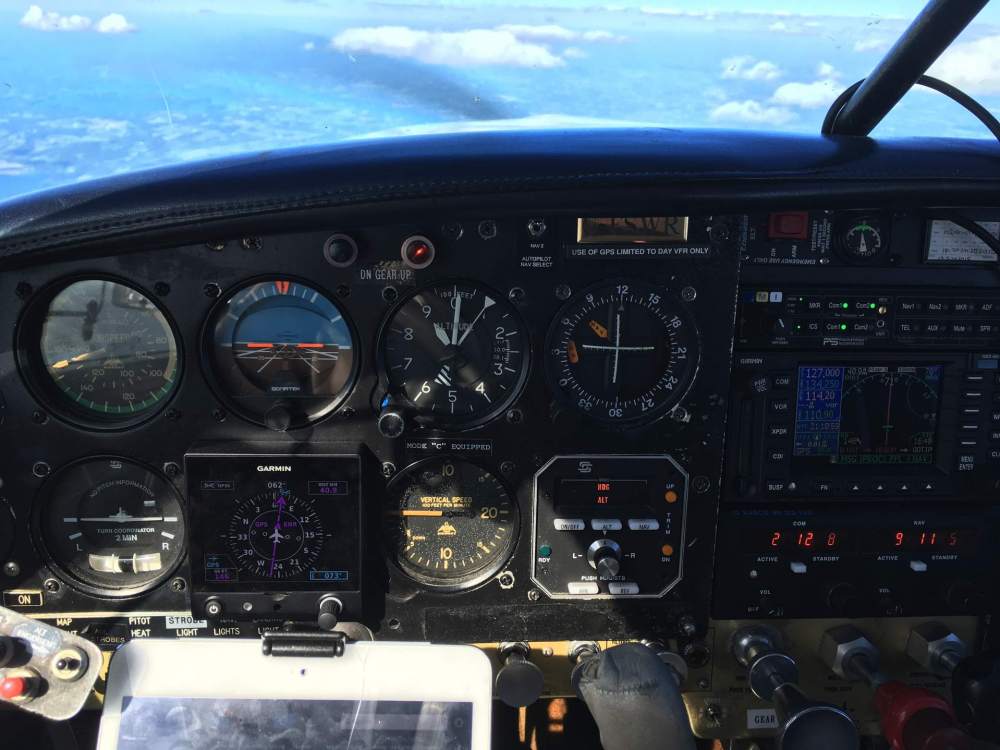
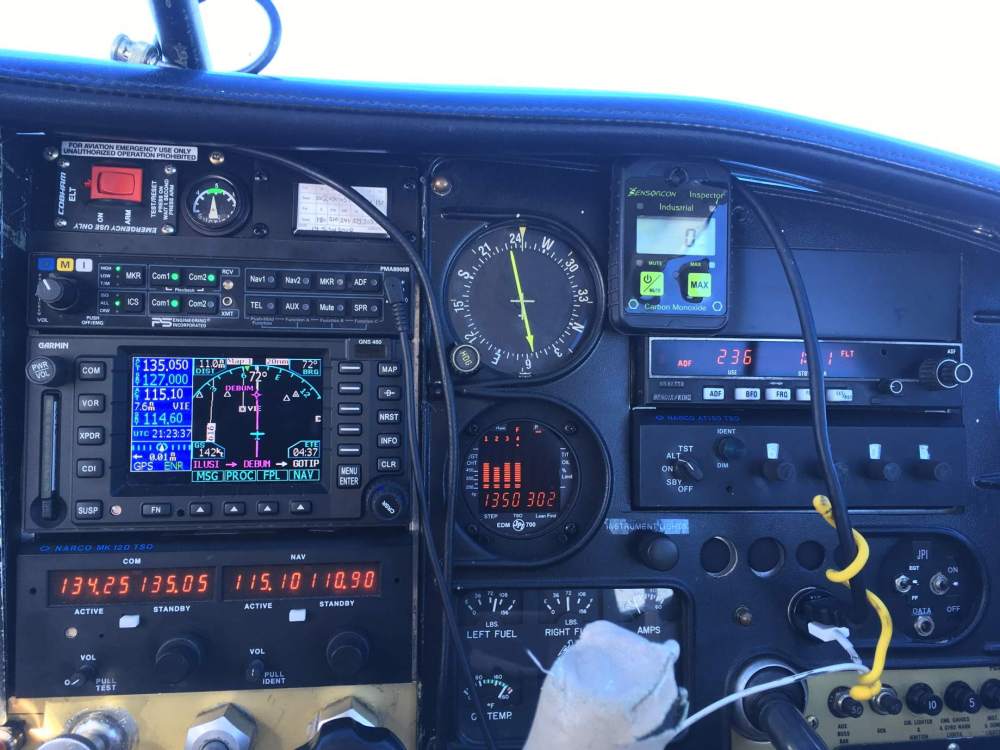
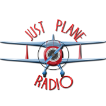
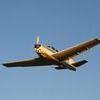

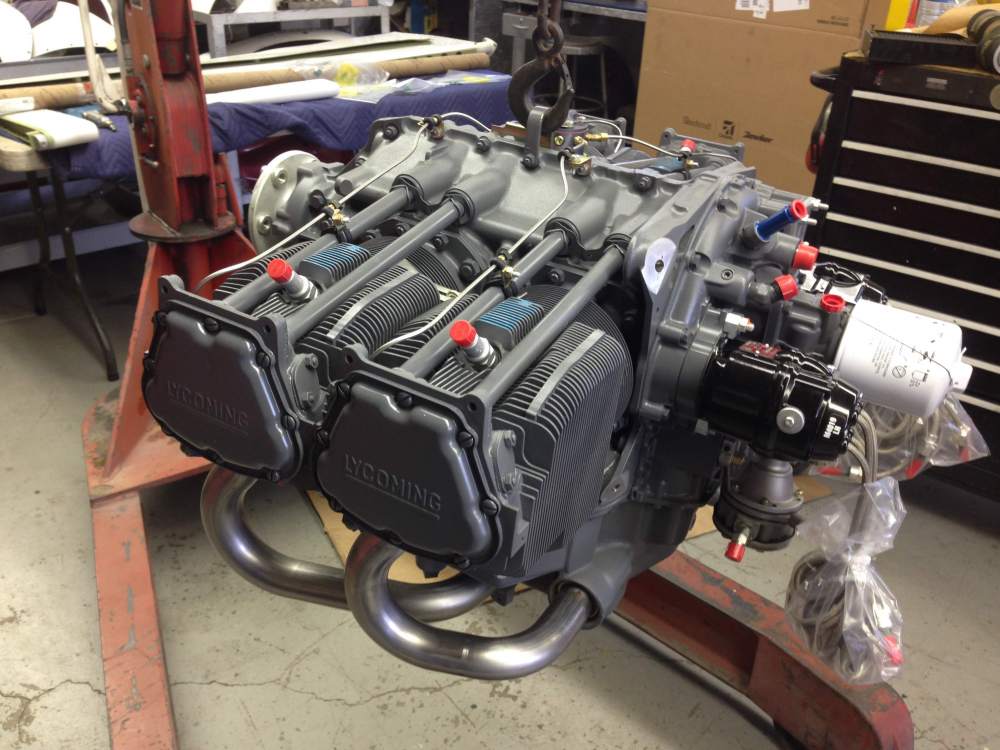

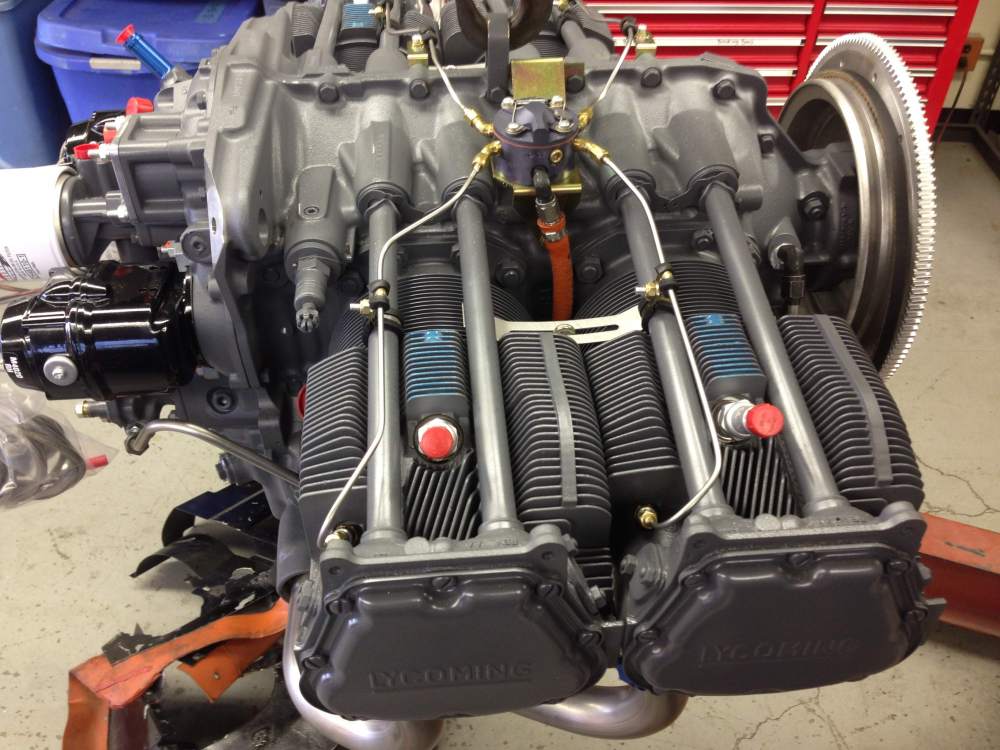
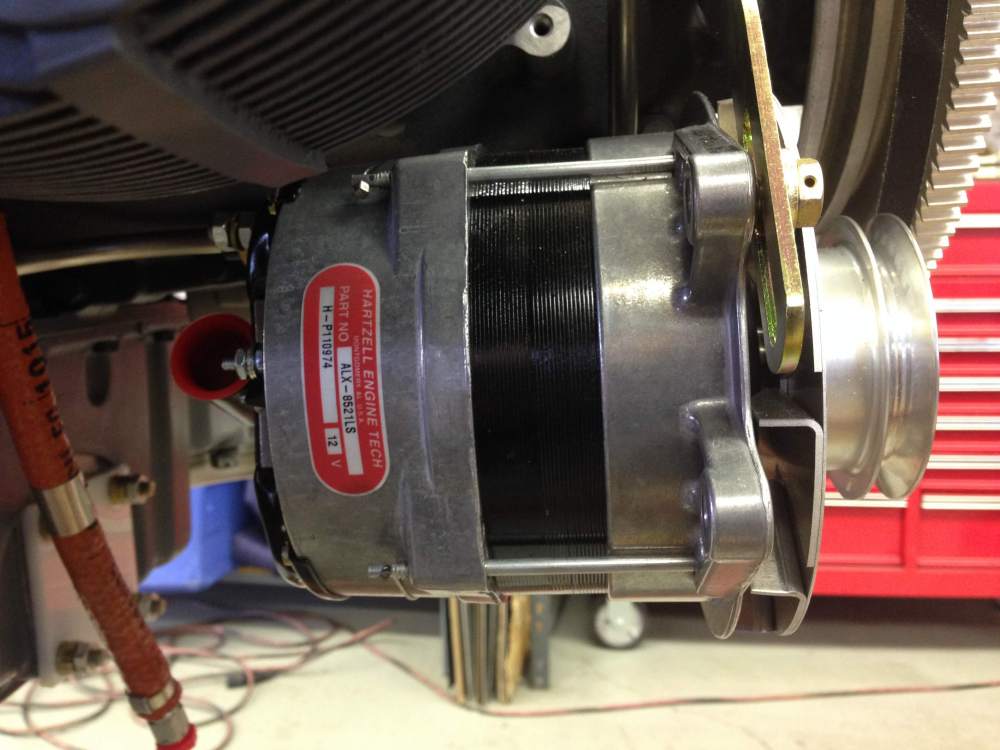
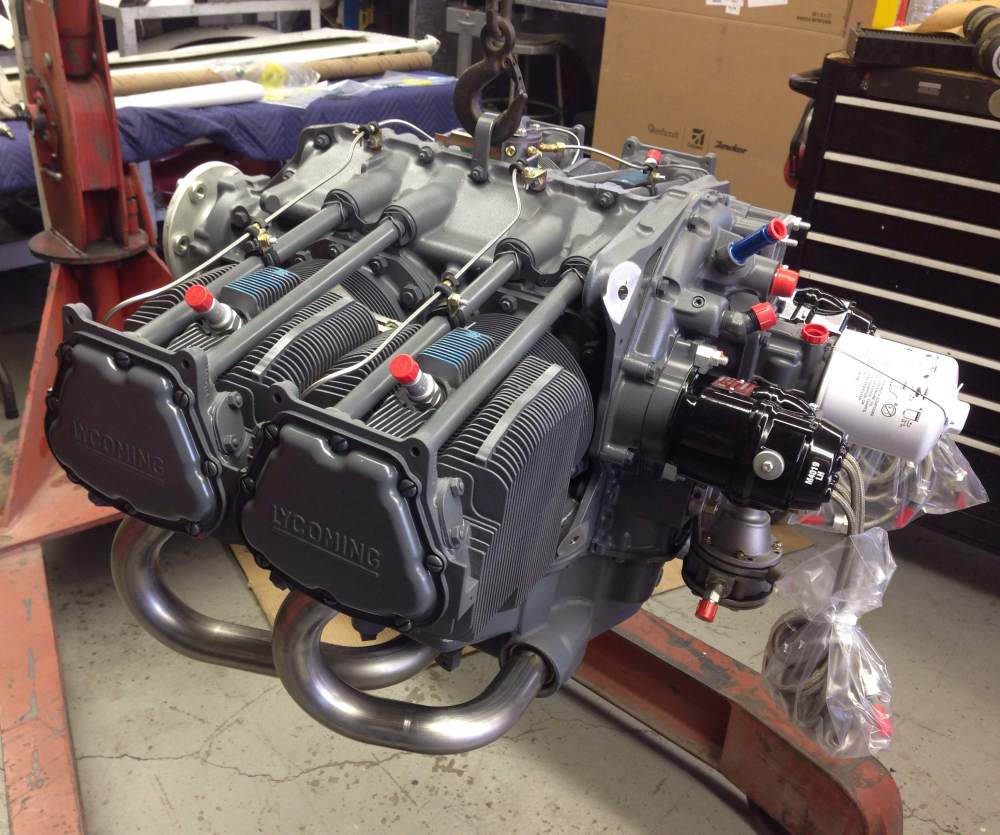
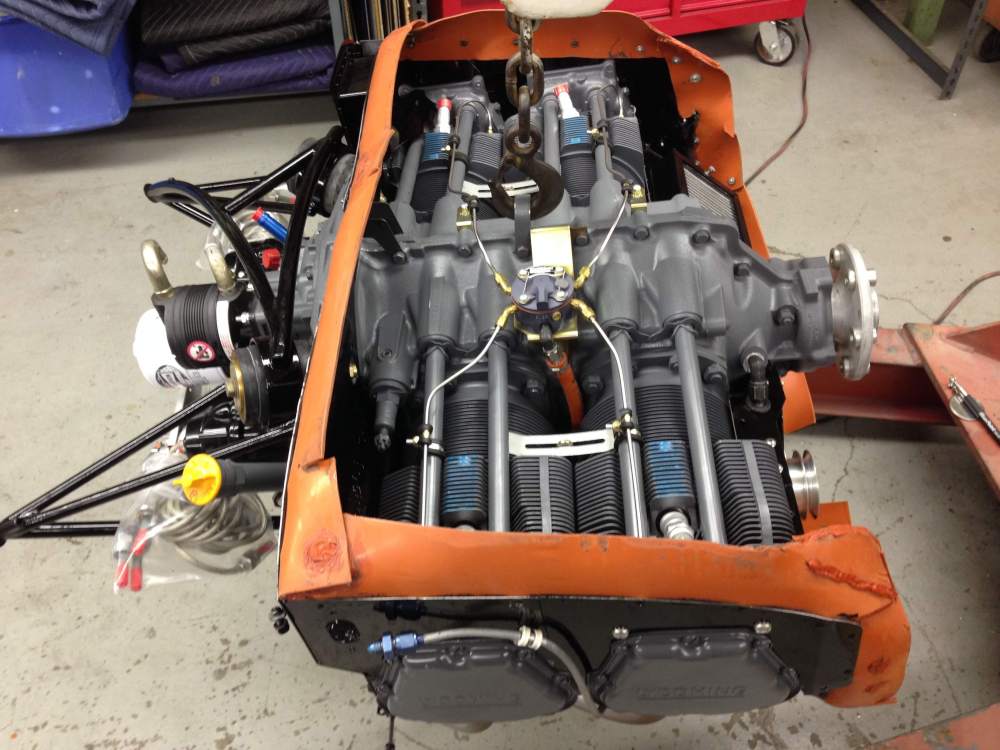
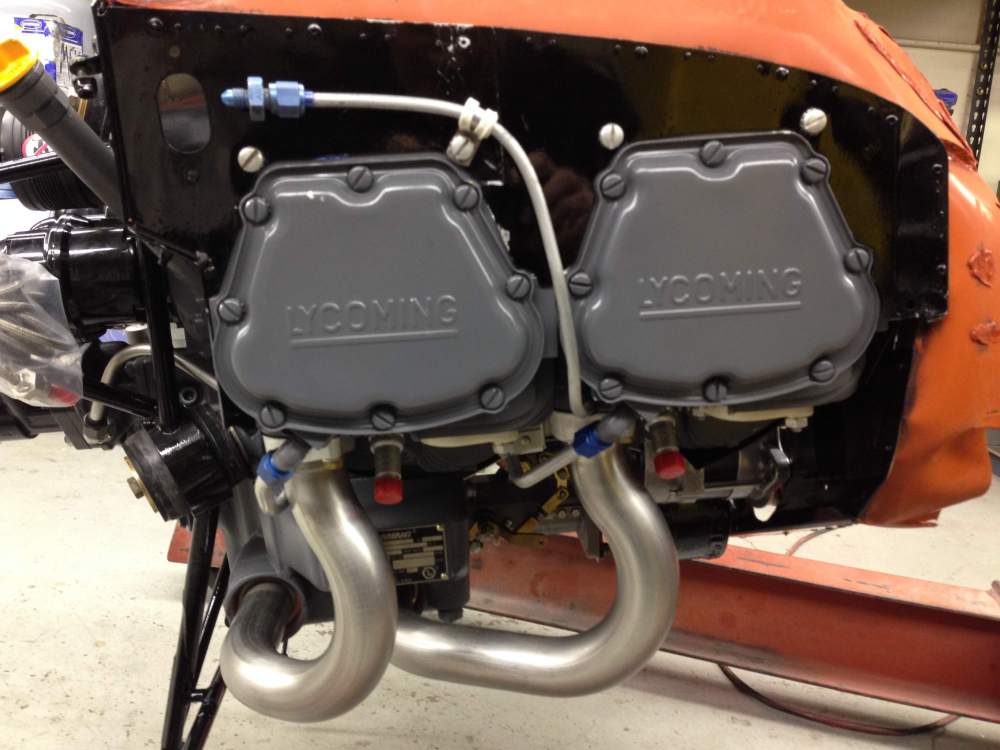
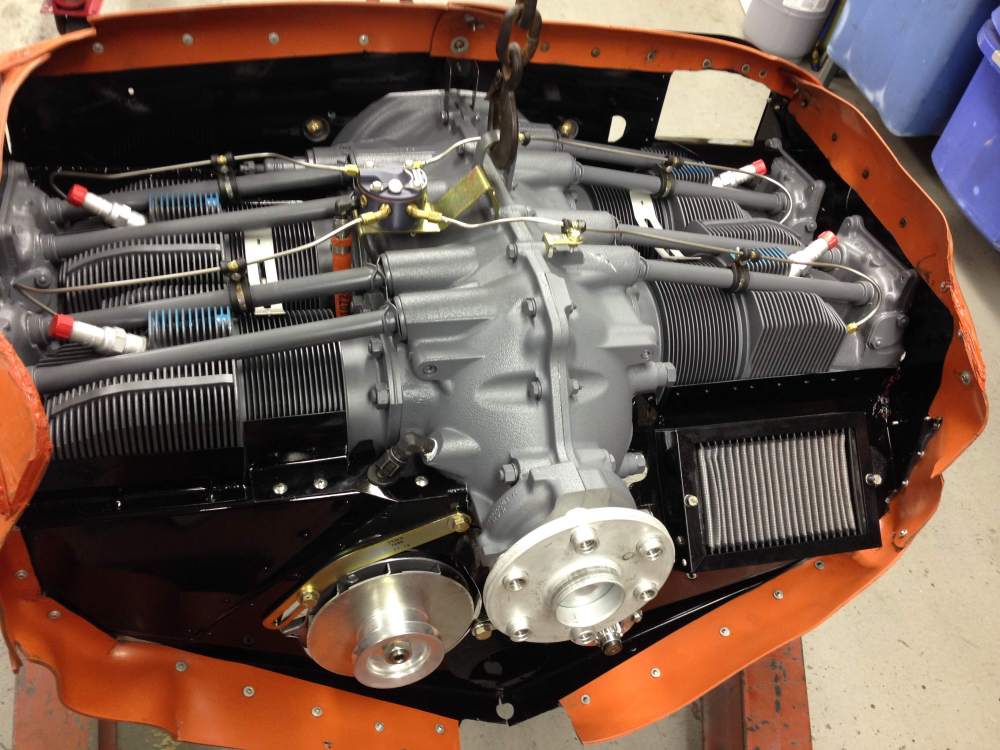



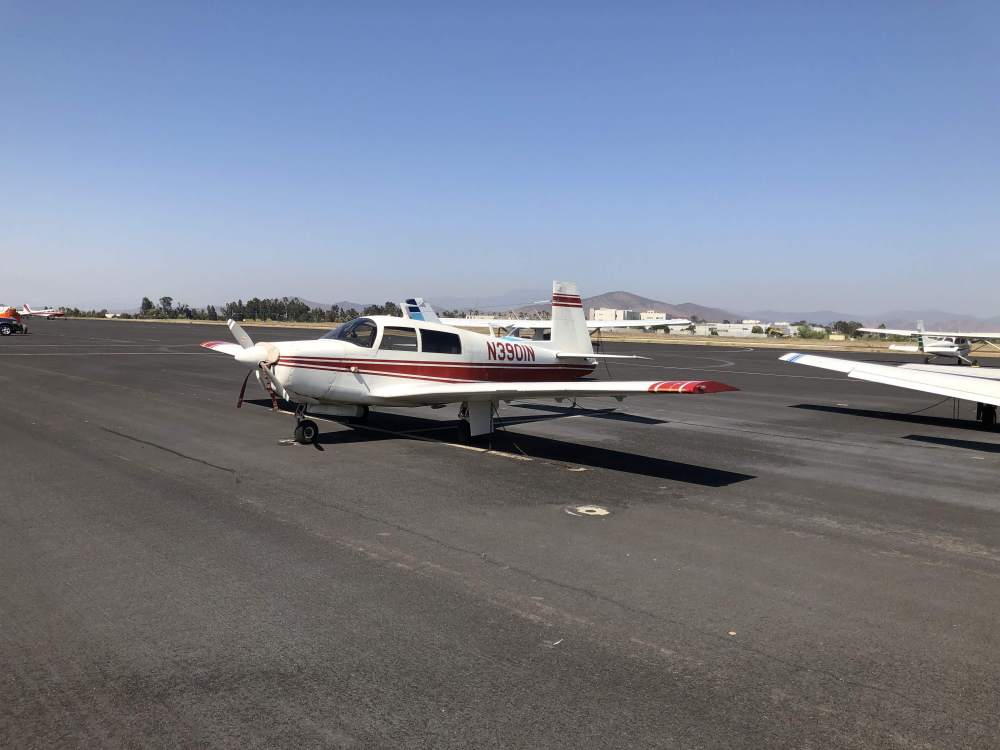
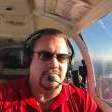
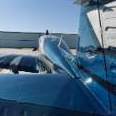
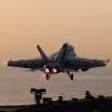



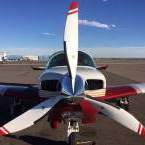


.thumb.png.7c67574d7b28f67b0b4a17760919b1ac.png)


